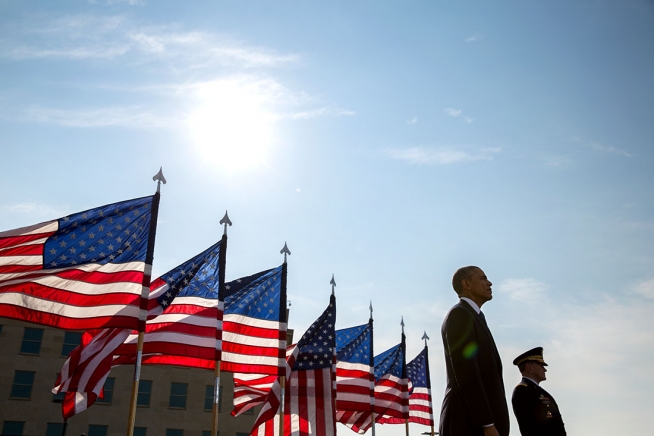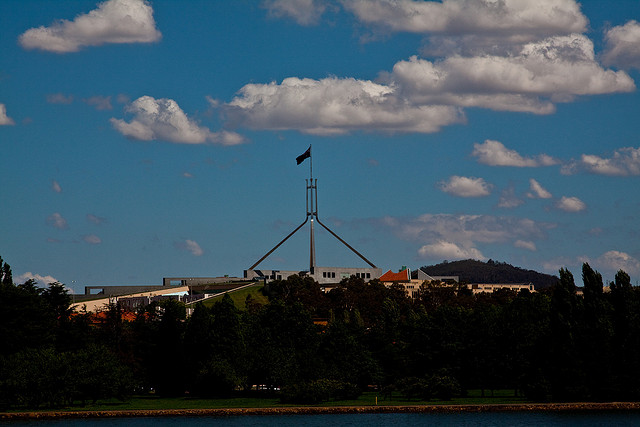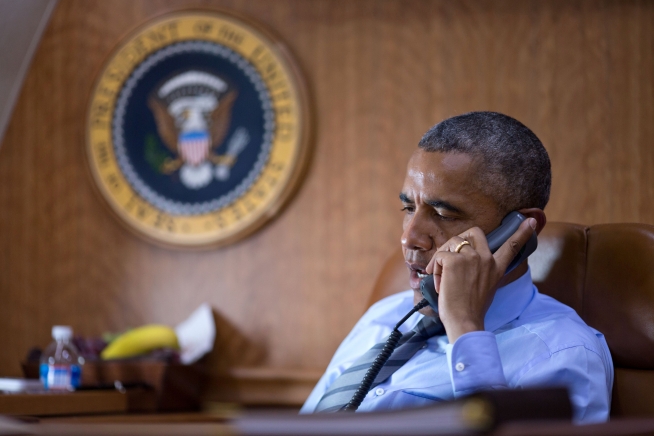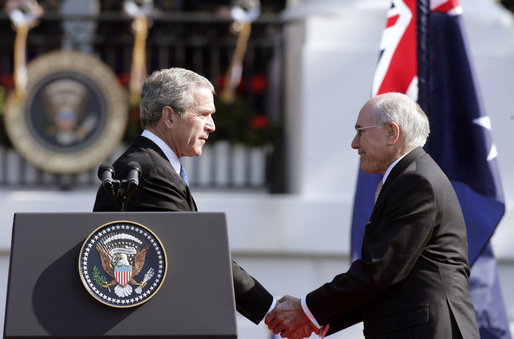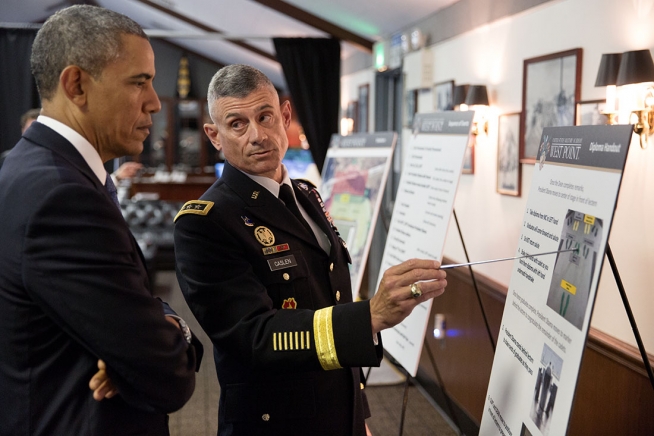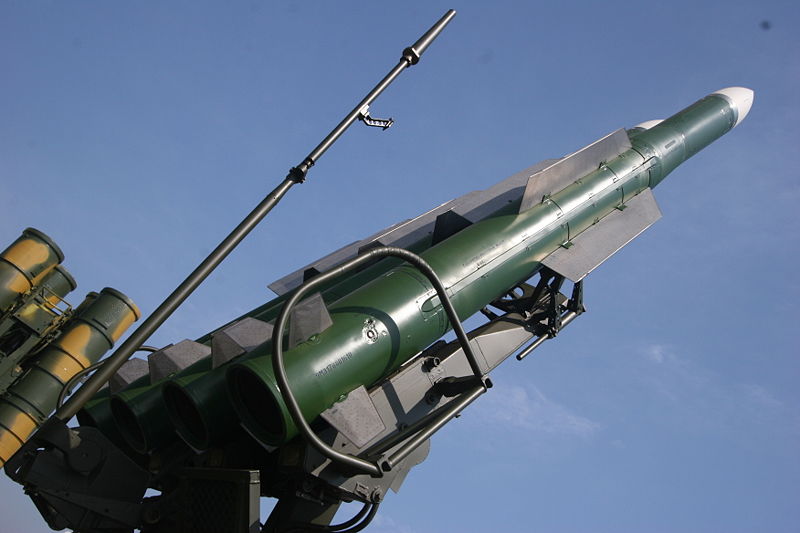Unconventional warfare and strategic optionality
The recent debate over coalition strategy against ISIL has reawakened a related question: whether to support rebel groups in Syria in their fight against ISIL and Bashar al-Assad, and if so how? Even former US Defense Secretary Leon Panetta is now expressing regret at not having armed certain Syrian rebel groups earlier. It seems the US will train and arm some rebels but not send Special Forces to embed with and advise them. Two important concepts appear to be absent from the strategic culture of the US and most Western countries: unconventional warfare and strategic optionality.
Unconventional warfare (UW) is often confused with asymmetric warfare or hybrid warfare. But UW has a specific definition. It refers to ‘activities conducted to enable a resistance movement or insurgency to coerce, disrupt, or overthrow an occupying power or government by operating through or with an underground, auxiliary, and guerrilla force in a denied area’. UW is what the US engaged in at various times throughout the Cold War when it deliberately supported insurgent groups in Tibet, Angola, Nicaragua, Indonesia, and Afghanistan, for example. It’s also what the US did so effectively in the opening stages of Operation Enduring Freedom. Read more



